The blue light from digital devices is bad for today’s people who can’t live without them. Smartphones have become so much a part of people’s lives that they can’t leave them behind even when they go to the bathroom! The world has become a global town because benefits and services can now be acquired with just a couple of clicks or swipes on computers. A couple of decades ago, instant contact worldwide was unthinkable. Now, it’s a fact.
But blue light is getting annoying because we can use so many digital devices at any time of the day. Not only does it hurt your eyes, but it hurts your health in general. This is why wearing computer or blue light glasses has become so fashionable. Still, not all blue light glasses are good for your eyes. Keep reading to find out which ones are.
What is Blue Light?
There is a range of colored rays in the perceived “white” light from the sun and digital screen images. Those are violet, red, orange, green, blue, yellow, and indigo in the electromagnetic light spectrum. The red back of the spectrum has long wavelengths and very low energy levels. The blue end, on the other hand, has short wavelengths and high energy levels.
Blue light is often found where the sun’s rays hit, making it the most common source of blue light. Regarding digital devices, laptops, smartphones, computers, tablets, flat-screen LED TVs, and LED light bulbs give off the most blue light.
Because your eye has light-sensitive receptors that communicate with your brain to stop the production of melatonin, a hormone that allows you sleep, the sun’s blue light is crucial for waking you up. On the other hand, the blue light from digital devices maybe trouble for your eyes, sleep, and overall health. This is usually because you see it up close all day and night.
Blue Light Affect Your Eyes?
Blue light might be a high-energy light that can get through the eye and into the retina. It’s not just the sun the new citizens are subjected to; digital devices give off blue light for about 12 hours daily! People often do this during the day but stay up too late at night to lazily scroll through their phones, work longer on their computers, or watch movies. This kind of overexposure to blue light is often too much for the eyes to handle, and it will lead to troubles like:
Digital Eye Strain
It is also known as computer vision sickness, one of the most common short-term effects of using suitable digital devices for long amounts of time. It shows up as blurred vision, sore, red, teary eyes, and back and neck pain. When you stare at your screen without moving, a lot of blue light hits your eyes, and when the sun shines on the screen and into your eyes, it causes this.
This situation usually lasts a short time while using devices and right afterward, but if it happens often, it will lead to more serious eye problems.
Macular Degeneration
That is a disease where cells in the eye break down, and it mostly happens as you age. It causes blurred vision because it changes the world of thought needed for clear vision since the high-energy waves are aimed at the eye; too much blue light speeds up the progression of this condition.
How to Test Blue Light Glasses
Your eyes will be safe from all this trouble if you get a pair of blue light glasses. There are many kinds of blue light glasses on the market, so you might need help to choose the best one.
When it’s dark, the best blue light glasses keep all blue light out of your eyes. If your glasses let in even a little blue light, it will make it hard for you to sleep. These sorts of glasses, however, distort pictures and impair visibility. It would help if you chose glasses blocking some blue light for good daylight visibility.
The best way to ensure how much blue light glasses block is to ask the store clerk for an emitter spectrum before purchasing. A graph shows how much sunlight hits the glasses based on their colors. Between 380nm and 470nm is the range of bands for blue light, so you can figure out which glasses you need. For the visibility you need during the day, you’ll pick glasses that block blue light with wavelengths between 400 and 450nm. Get glasses that block light in the 480–520nm range if you want to block all blue light.
Compare the colors on your screen to a color spectrum with two bars to see if your glasses block blue light. One bar should show how the normal colors look with blue light, and the other bar should show how the colors should look without blue light. If the colors on your computer match the second set, you’re wearing computer glasses.
The blue light filters from Ocushield come with good blue light glasses and an emitter spectrum to ensure you get what’s important. All other blue light goods, such as screen covers, can additionally use the emitter spectrum.
What Else Makes an honest Pair of Blue Light Glasses?
Anti-reflective or Anti-glare
When there is a big difference between how bright the sun is outside and how bright your screen is, light tends to make light on your screen. This makes your eyes tired, a bad feeling that makes you less productive. Getting blue light glasses with a layer that stops reflections or glare will make it easier to deal with eye pain.
Made expertly
Ocushield glasses are medically approved Class 1 glasses made with optometrists’ help. They are designed to protect your eyes and sleep.
Stylish
Wearing blue light glasses can also make you look stylish. There are a few styles of frames, and you can choose the one that best fits your style.
To save money on a pair of glasses that won’t work for you, test them out with a blue-blocking screen before purchasing them.
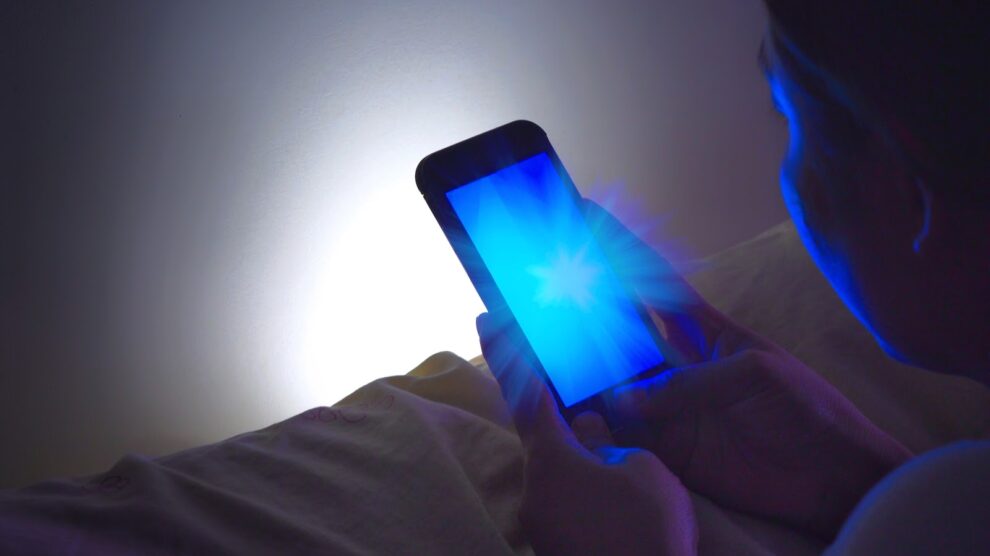
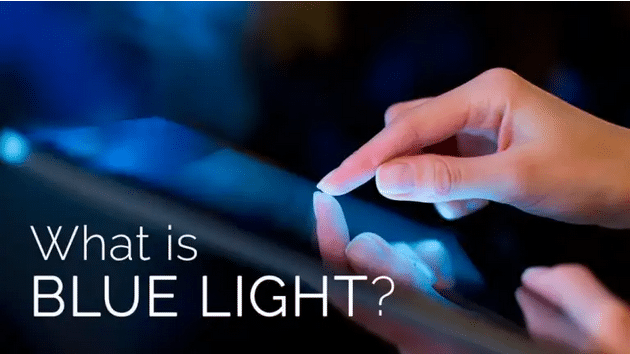
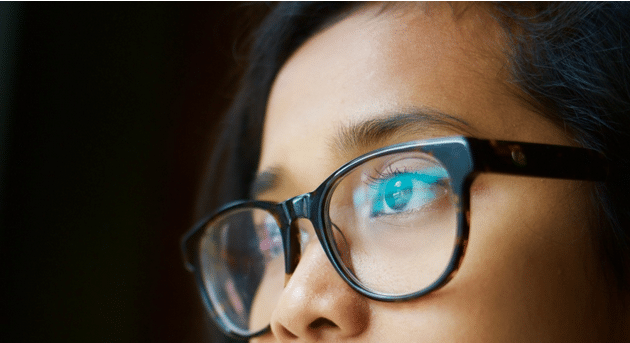
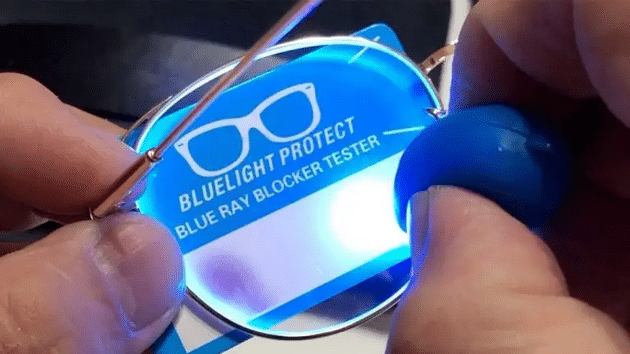
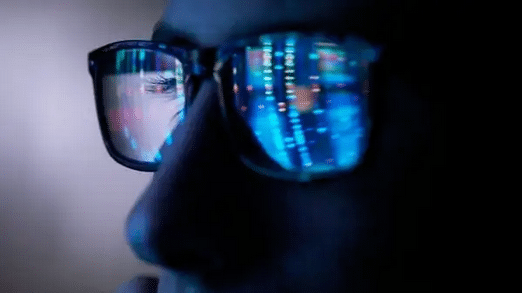




Add Comment